Discover the Artistry of Hand-Painted Polish Pottery
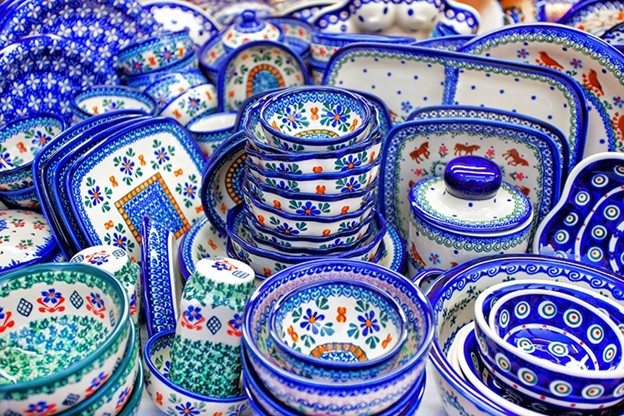
Hand-painted Polish pottery, also known as Bolesławiec pottery for the region that gave birth to this art form, is Poland's shining jewel in the crown of ceramic art.
More than just winter-white clay fired to perfection, it's a celebration of Polish history and culture painted in whimsical patterns of peacock feathers, stars, flowers, and more.
Master potters spend years honing their skills to meticulously hand-paint these charming designs, using traditional age-old techniques passed down through generations.
Unearthing the Roots: The History of Hand-Painted Polish Pottery
Let's dive into the rich history of Polish pottery, a tradition that's been alive and thriving for centuries.
It all started in the town of Bolesławiec, where pottery has been crafted since the 7th century. It's here that the clay, rich in natural resources, lends itself to the creation of these beautiful, durable pieces.
Imagine artisans in the Middle Ages, painstakingly hand-painting each piece, a technique still used today. You can feel the love, patience, and skill that goes into every pot, every plate.
In the 19th century, stamping was introduced, adding another layer of complexity and beauty to each piece.
The tumultuous events of the 20th century, including two World Wars, threatened to extinguish this ancestral craft. However, the resilience and dedication of the Polish people kept the tradition alive.
Today, you can hold a piece of this vibrant history in your hands, a testament to the indomitable spirit of the artisans and the enduring appeal of their work. Polish pottery isn't just pottery — it's a tangible link to a rich and resilient past.
The Clay Canvas: Understanding the Base Material
The intriguing journey of Polish pottery begins with its base – the highest quality “white” clay. This naturally occurring, iron-rich material sets the foundation for the pottery's exceptional durability and antique-like charm.
The clay used in Polish pottery, sourced from the banks of the River Bolesławiec, boasts a high feldspar and quartz content, creating a durable base capable of withstanding both the oven's heat and the test of time.
This white clay undergoes a rigorous screening process, removing impurities before it's shaped into the desired form. Once molded, each piece air-dries for several days, setting the stage for the symphony of colors to come.
This initial process, although largely unseen, plays a crucial role in amplifying the aesthetic allure of the pottery, ensuring each hand-painted design stands out in vivid detail against the pottery's milky white backdrop.
It's a dance between the earth's raw produce and the potter's skilled nuances, culminating in a beautifully finished piece of art that is as sturdy as it is stunning.
Painting a Thousand Words: The Artistry of Hand-Painting
The real magic unfolds when the prepared pieces are hand-painted in an array of colors and patterns. Let’s dive into the intricate process of meticulously hand-painting each pottery piece, the traditional patterns used, and the symbolic stories they often narrate.
The Process of Hand-Painting
Hand-painting each piece of pottery is a labor of love. It starts with the application of a white, semi-transparent glaze that provides a blank canvas for the artists to work their magic.
The artists then employ special brushes, often made from badger hair, to painstakingly paint complex, detailed patterns onto the pottery. Each stroke is measured, and each curve is deliberate – there's no room for error.
Exploring the Traditional Patterns
The traditional patterns of Polish pottery are captivating and have lots of symbolism behind them:
The Peacock's Eye
This is one of the oldest and most beloved patterns in Polish pottery. It represents good luck and protection against evil. A feast for the eyes, this design comprises circles filled with intricate dots and curlicues, resembling the spectacular tail feather display of a peacock.
The Clock Teapot, handcrafted by Zakłady Ceramiczne "BOLESŁAWIEC" artists, showcases the beloved "Peacock's Eye" design in all its glory. The design features circles filled with intricate cobalt, green, and brown dots, reminiscent of a peacock's stunning tail feathers.
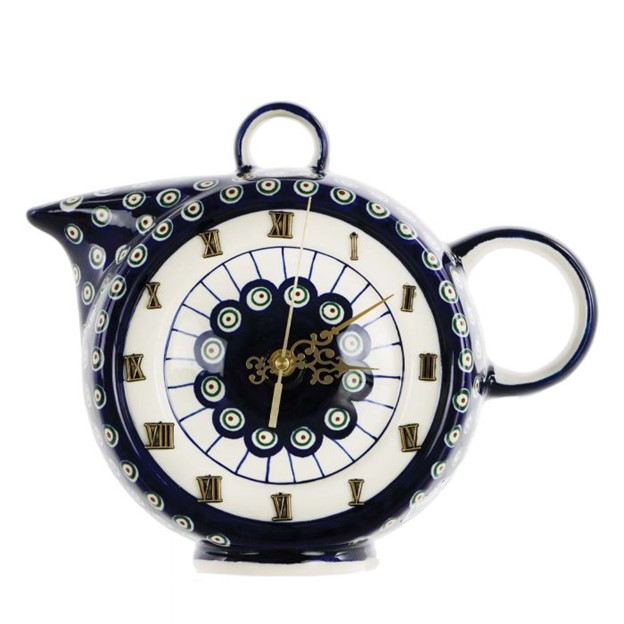
The Flower Garden
Showcasing nature's bounty, this pattern features a vibrant mix of summer flowers, leaves, and vines. It's a tribute to the beautiful Polish countryside and its floral richness.
One fine example of this artistic tribute is this roasting pan. Unlike the minimalism often associated with traditional patterns, this pan breaks the mold with its vibrant medley of floral motifs. It gives off a whimsical, dreamlike quality.
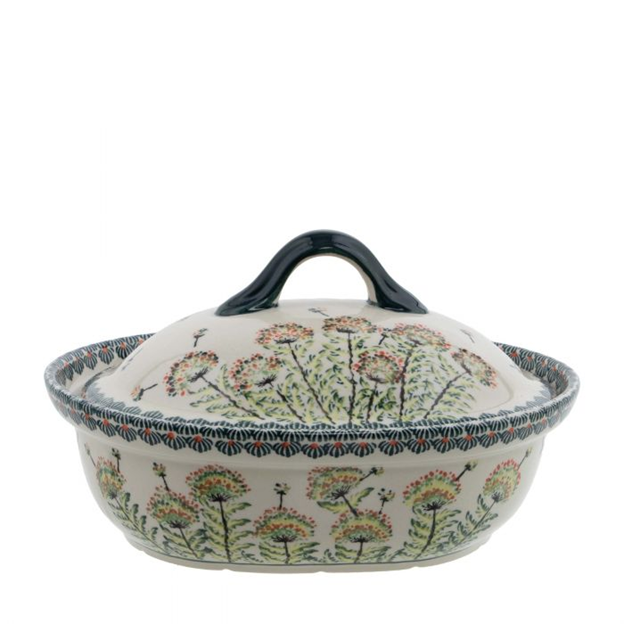
The Rooster
Another popular design, the Rooster symbolizes prosperity and fulfillment. The vibrant color palette used for this design reflects Polish folklore and traditions.
This idea comes alive in this beautiful pottery cup. Unlike the typical pottery, this mug features a unique and heartwarming design – little chickens wandering amid clusters of forget-me-nots, flaunting their colorful tails. The design, enriched with abstract patterns in juicy greens and a blue-cobalt floral motif, adds an extra layer of charm.
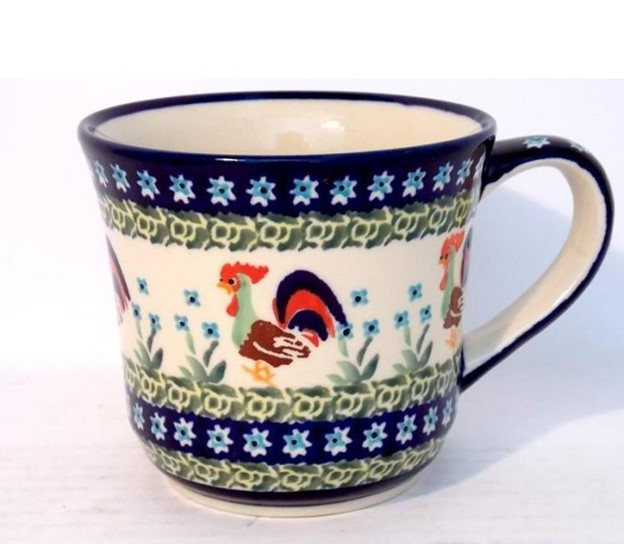
The Stylized Star: Representing hope and guidance, the stylized star pattern is a more traditional, unique design. It features a starburst pattern often set against a darker color palette for a striking contrast.
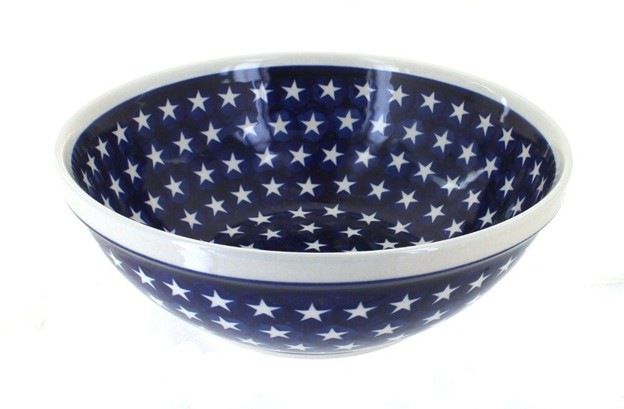
Uncovering the Symbolic Stories
Each hand-painted design in Polish pottery narrates a unique story – a tale of the region's rich history, a nod to its vibrant folklore, or a tribute to its blossoming gardens.
For instance, floral patterns often represent growth, renewal, and the cycle of seasons. Geometric designs, such as circles and dots, symbolize unity, wholeness, and infinity.
Through these symbols, craftsmen and craftswomen express their creativity while keeping the traditions of their ancestors alive.
From Kiln to Kitchen: The Firing and Final Touch
Every piece of hand-painted Polish pottery endures a transformative journey in a high-temperature oven known as a kiln.
The extreme heat of up to 1300°C toughens each clay masterpiece, making them robust enough to survive ovens, dishwashers, and microwaves.
This critical kiln-firing stage breathes life into the pottery, hardening its body while preserving the exquisite, hand-painted designs beneath a newfound strength.
But there's more to the kiln's role. It gifts the pottery its charming glossy finish as well.
After an initial firing, the pieces are coated in a glazed solution that, while milky at first, becomes transparent upon further heating. This stage seals the hand-painted designs beneath a transparent, glass-like surface, amplifying their vibrancy.
Once cooled and quality-checked, these durable, shiny ceramic pieces are ready to elevate kitchens and dining tables worldwide with their traditional charm and resilient nature.







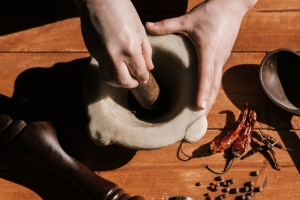


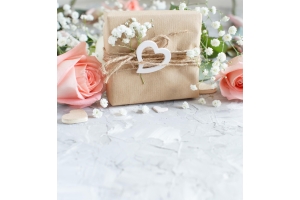
Validate your login
Sign In
Create New Account